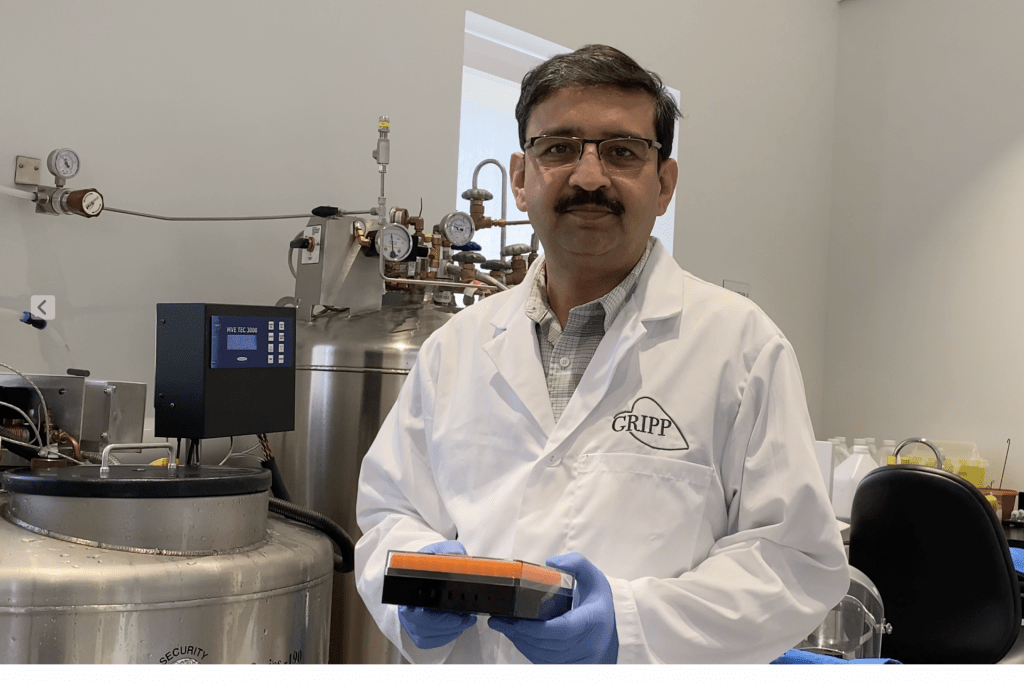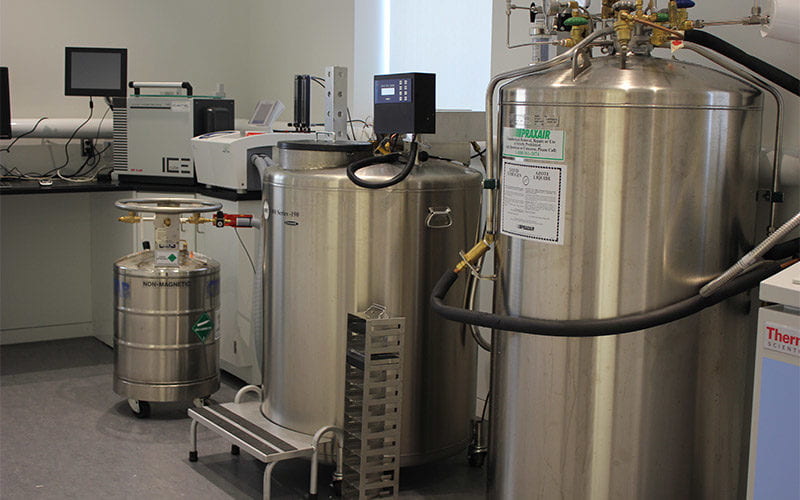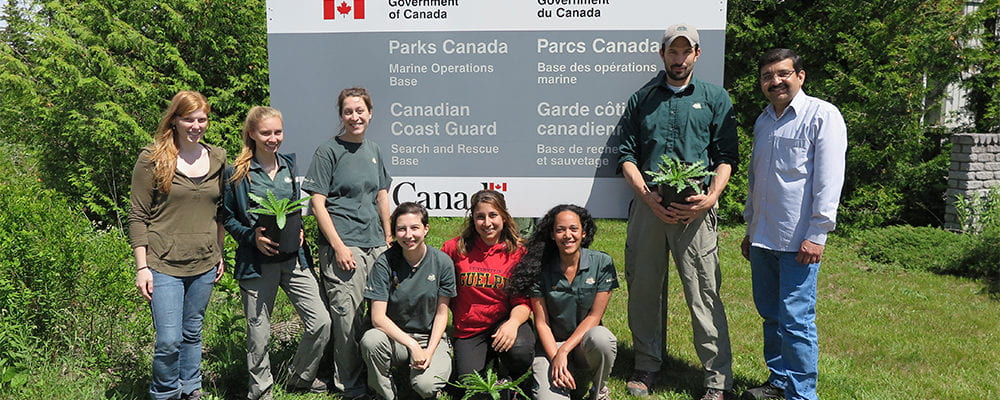GRIPP provides resources, expertise, and access to germplasm for conservation and commercialization of plant biodiversity.

GRIPP aims to develop a germplasm bank maintained as a living collection of plants in vitro and in the cryobank using cryopreservation technologies. These collections can be used to support local, national and international efforts to conserve and re-establish endangered as well as agronomically important plant species in-situ and ex-situ.
Industry
GRIPP researchers apply innovations in micropropagation to develop Integrated Plant Production Systems (IPPS). This includes the development of customized culture vessels and bioreactors for commercial propagation of economic crops to alleviate supply chain constraints. In addition to enabling the rapid production of plant materials, GRIPPs cryobank facilitates “back-up” of the genetic diversity, thereby ensuring the long-term security of important crops.
The following crops are currently under investigation:
Fruits and nuts: Apple, Grape, Cherry, Elderberry, Hazelnut, American chestnut
Ornamentals: Chrysanthemum, Orchids, Native Canadian species
Medicinal plants: Tulsi (Holy basil), Ashwagandha, Turmeric, Ginger, Garlic
Botanic Gardens and Research Institutes
GRIPP is a unique research facility in Canada which focuses on conservation and redistribution of species that are endangered or threatened and are also recalcitrant to propagation in vitro.

GRIPP currently maintains an in vitro germplasm collection consisting of over 100 species and has the capacity to maintain the entire native Canadian plant biodiversity in its cryopreservation facility. By providing long-term storage of plant germplasm with regeneration capabilities, GRIPP offers a unique environment for helping botanic gardens and research institutes to fulfill their mandates for conservation.
Provincial and National Parks
GRIPP has developed a successful model, known as the CPR (Conservation, Propagation and Redistribution), for long-term conservation and re-establishment of endangered and threatened species using in vitro technologies.
While there is no single approach to conserving biodiversity, the CPR is a valuable tool for preserving and multiplying endangered species for restoration programs, as many endangered and threatened plants are hard to propagate using conventional approaches (i.e. seed germination, vegetative propagation, etc.) or require a significant amount of time before being capable of reproducing.
Through collaboration with Parks Canada, GRIPP is currently applying its CPR strategy to revive wild populations for several species including Hill’s thistle, Mingan thistle, Ram’s head orchid, Lady slipper orchid, and Yukon draba



